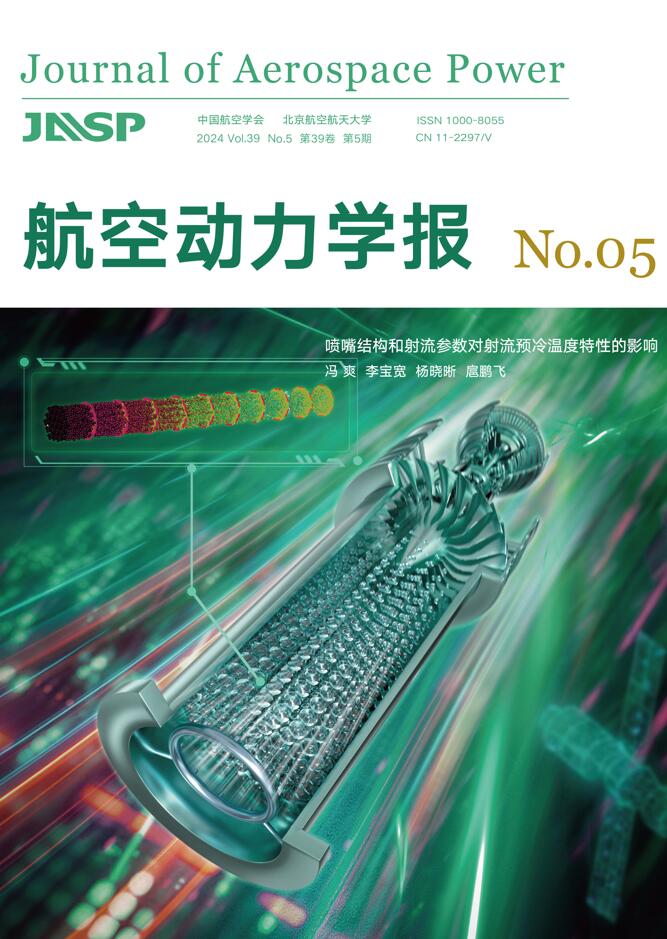In order to evaluate the PV value of the carbon graphite sealing material used in the aero-engines of some current models at home, the dynamic test bench was independently designed according to the actual service conditions of the fulcrum flexible circumferential carbon graphite sealing material for engine at high altitude-long endurance, under the condition of high friction linear velocity (60 − 130 m/s), light load (30 − 400 kPa) and temperature (25 − 600 ℃). The test results showed that the allowable [PV] values of XX1#-1, XX2#-1, XX3#-1, XX4#-1 and XX5#-1, using a constant speed of 80 m/s and gradually increasing the load, were 4.8, 5.9, 6.9, 9.1, 12.3 MPa·m/s, respectively. The allowable [PV] values of XX2#-2, XX3#-2, XX4#-2 and XX5#-2, using a permanent load of 300 kPa and increasing the linear velocity step by step, were 6.0, 8.0, 10.0 and 12.0 MPa·m/s, respectively. The installation demonstration of an institute found that the test samples were prone to abnormal wear and gas leakage, when the allowable [PV] value of the test sample was less than the allowable [PV] value of the engine. When the allowable [PV] value of the test sample was greater than the allowable [PV] value of the engine, this method can not only provide material characteristic data for selection of the engine fulcrum carbon graphite sealing material, but also contribute to the research of the engine carbon graphite sealing material identification method. In addition, the time cost, labor cost and installation demonstration cost of graphite sealing material selection for engine will be also greatly reduced through this test method.







